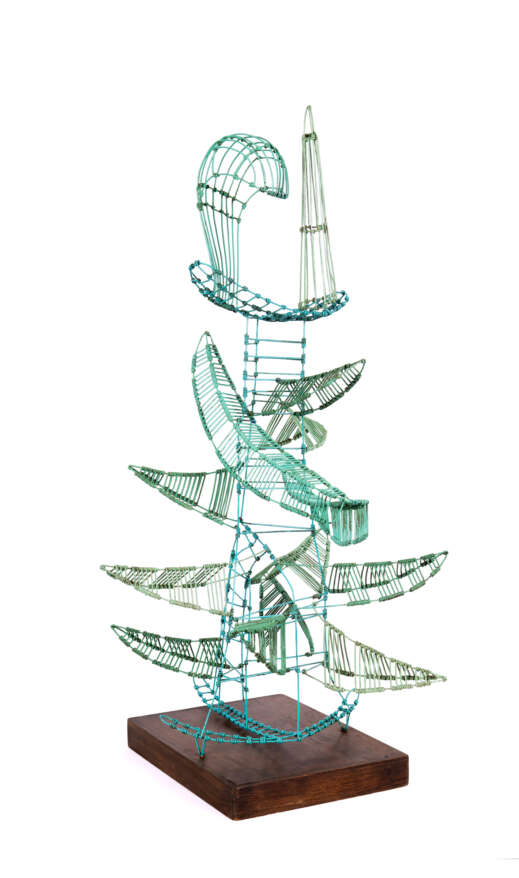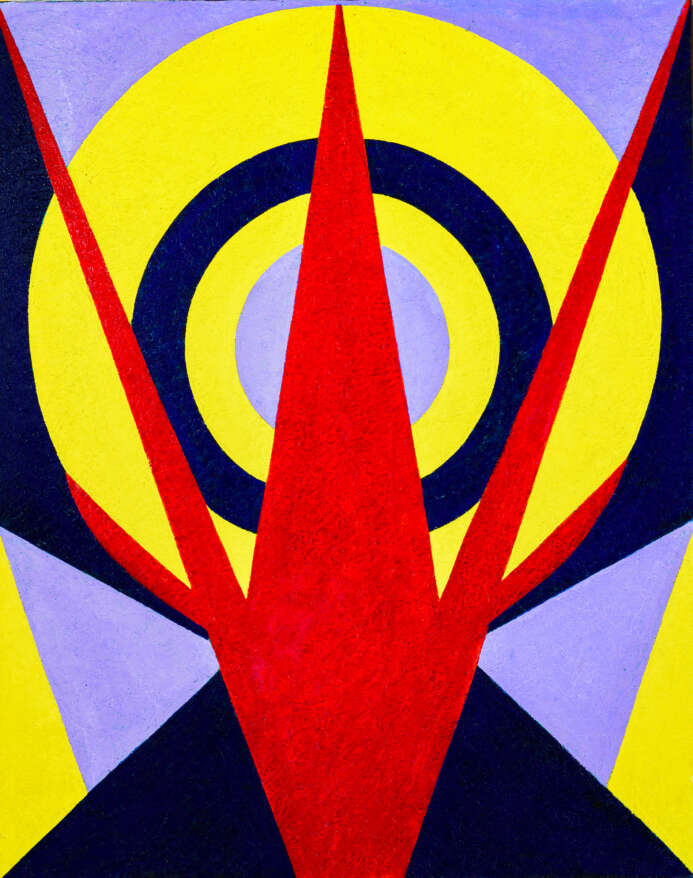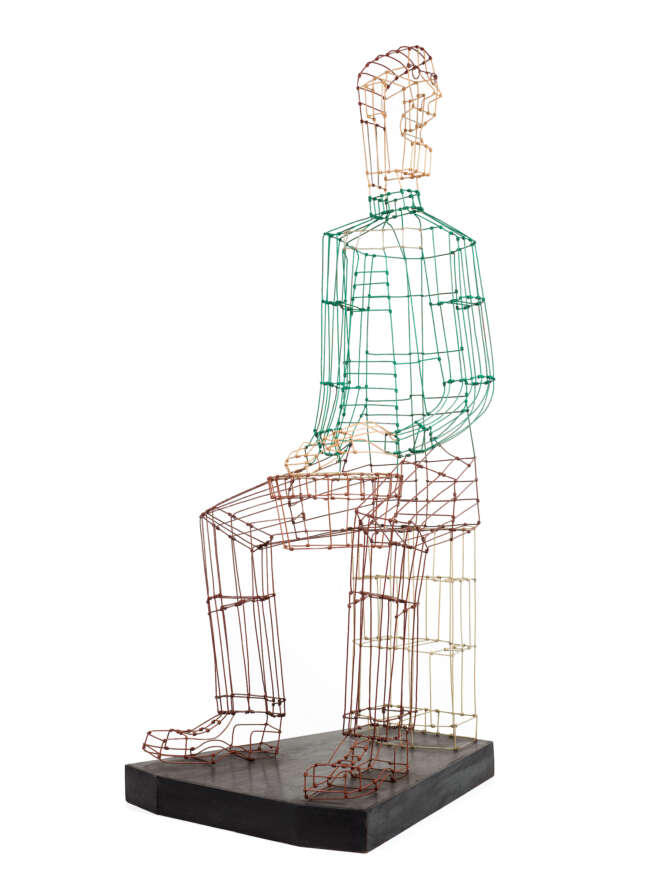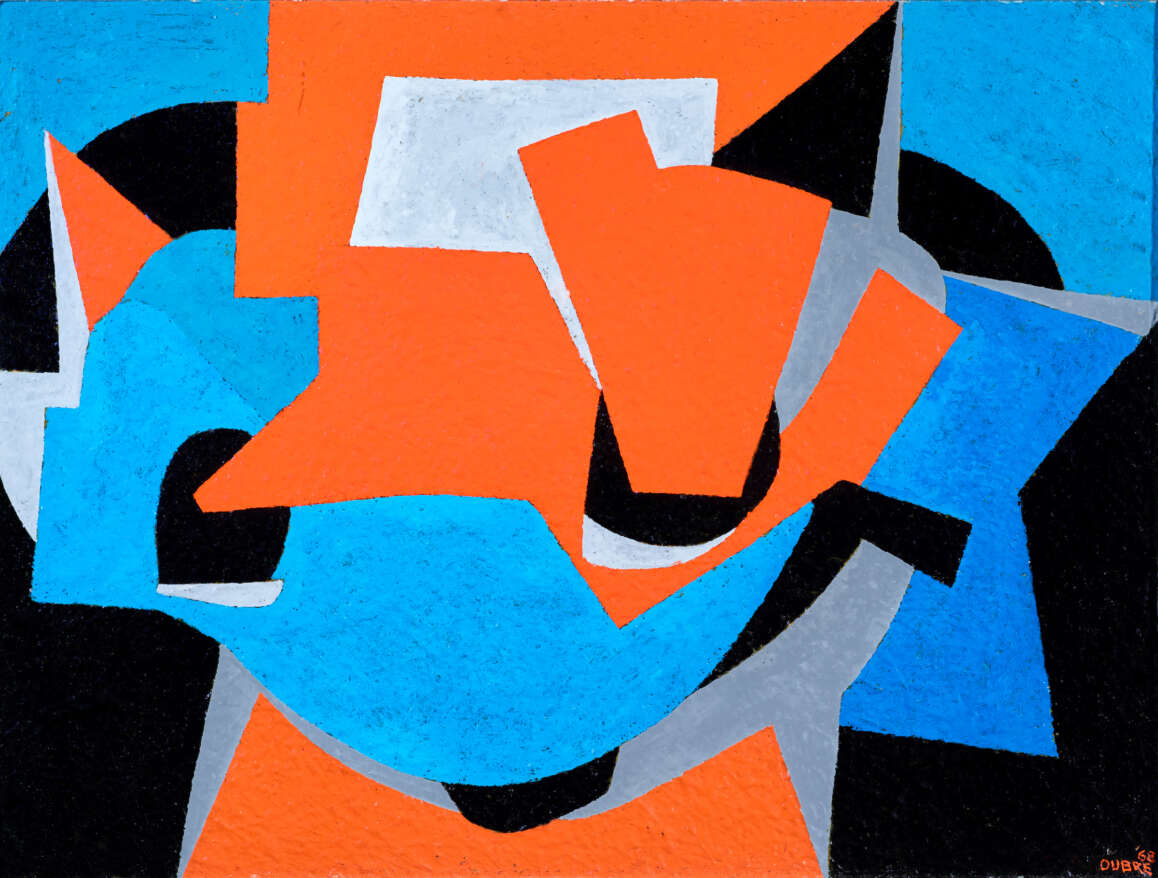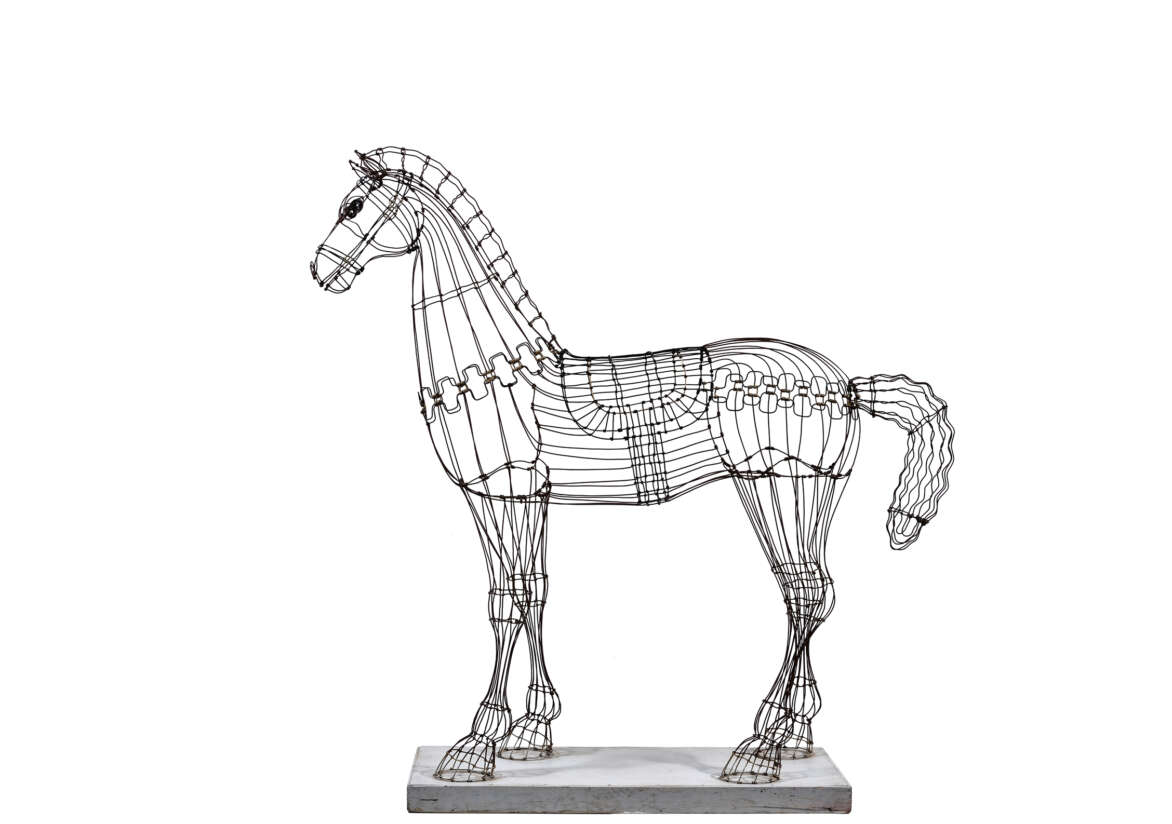Hayward Oubre: Structural Integrity is the first monographic retrospective of Oubre’s artwork, and shares a previously unexamined history of American modernism rooted in the South through 52 sculptures, paintings, and prints. Oubre is best known for his work with an everyday material—wire coat hangers—which he used to create modernist masterworks. While living in Alabama and North Carolina, he made art in his vanguard style. These artworks fuse his lived experience, wide-ranging interests, and art historical influences in compositions that range from realism to pure abstraction.
Oubre shaped art in the United States not only as an innovative artist, but also as a distinguished educator at two prominent Historically Black Colleges and Universities. He served as the first chair of the art department at Alabama State University (ASU) in Montgomery, from 1949 to 1965. After leaving ASU, Oubre established the art department at Winston-Salem State University (WSSU) in North Carolina, building on the legacy he established at ASU. When he retired in 1981, he had taught and created art for more than forty years, educating generations of Black artists.
